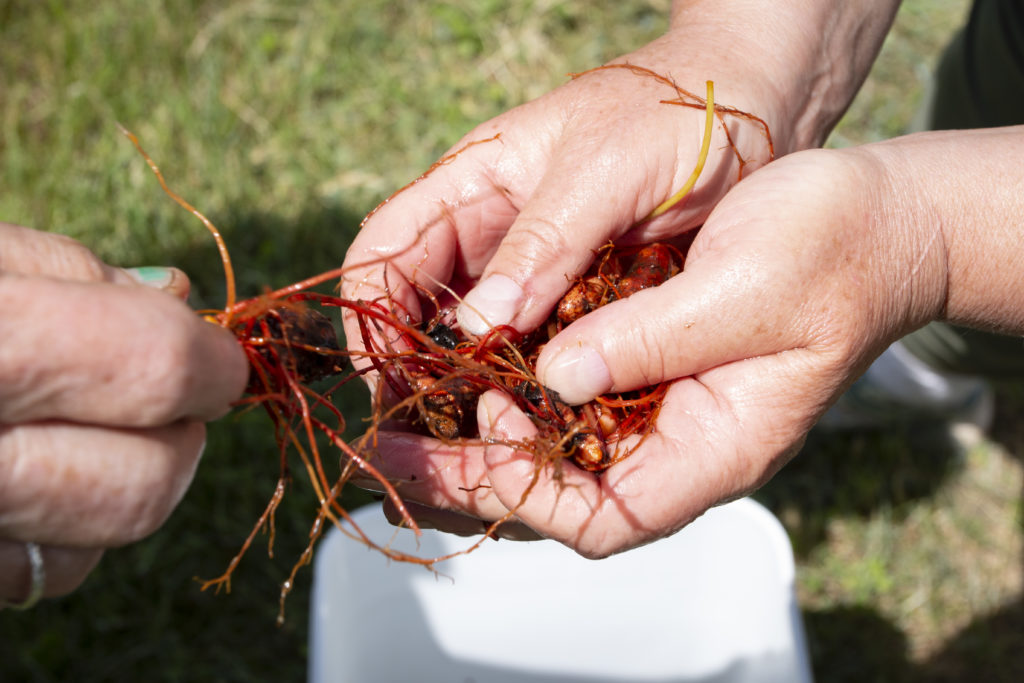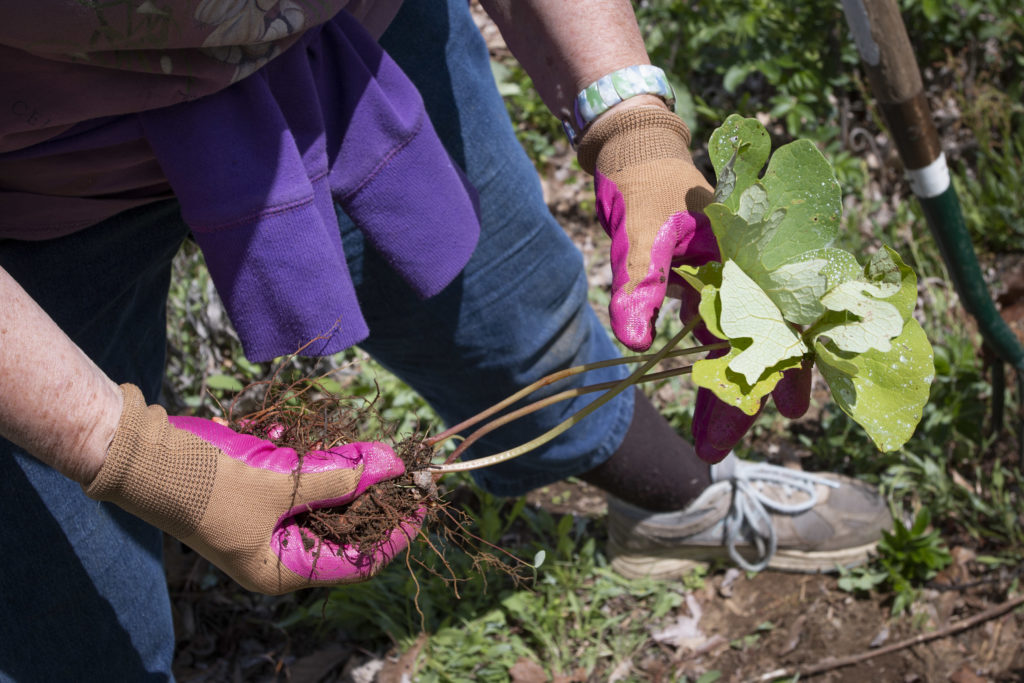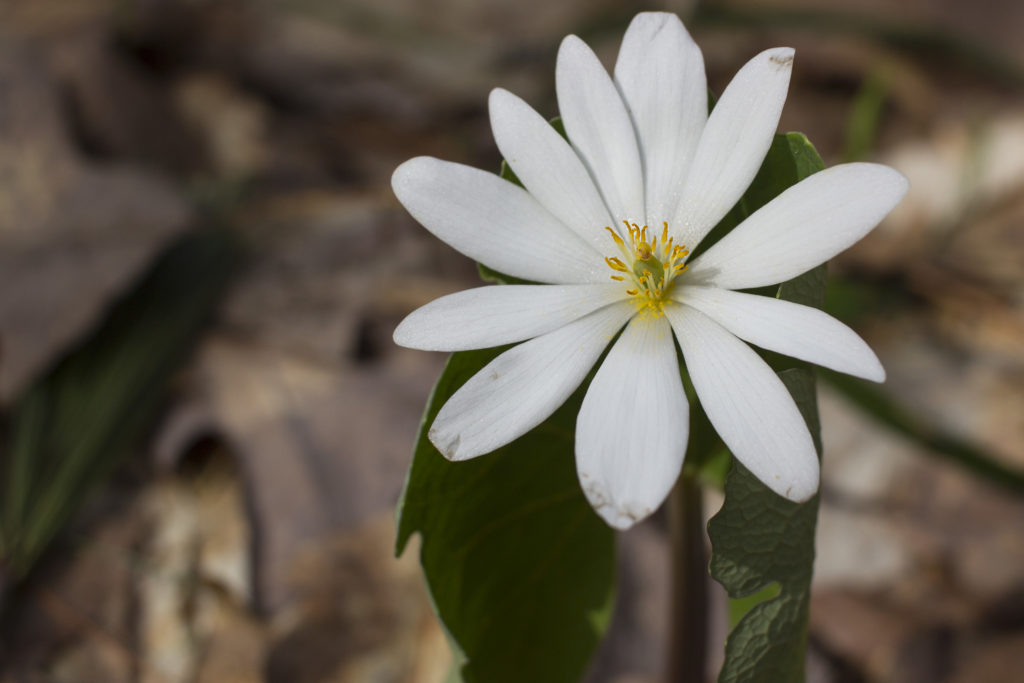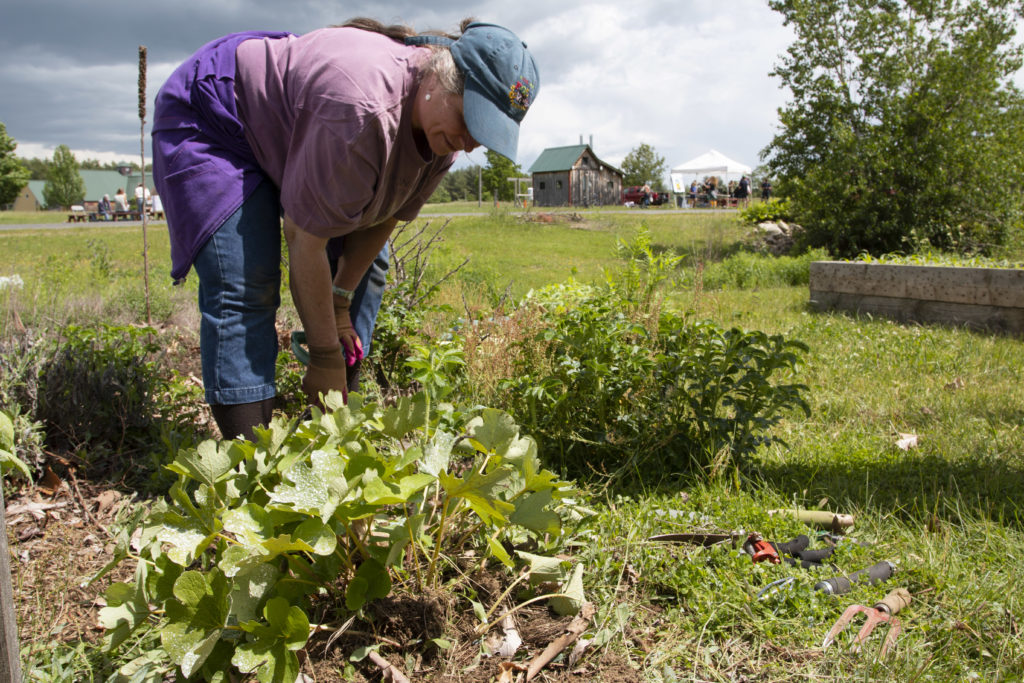How to make bloodroot salve

A woodland plant native to the eastern half of the United States and Canada, bloodroot has long been used to create a variety of natural medicines, including bloodroot salve.
Traditionally, bloodroot salve is used to treat various skin conditions, including warts, blemishes, skin tags and moles. Mixed with other ingredients, such as ash, it’s sometimes called “black salve.”
But a word of caution: Bloodroot contains a powerful escharotic, a substance that is corrosive. It can easily irritate the skin, and in some cases, use of it has created scarring at the application site. Therefore, before using bloodroot salve, consult your doctor.
Also, bloodroot salve is usually used in small amounts, not slathered all over the skin. Carol Gardiner, a gardener from Maine who grows bloodroot and makes salves from it, said that she only uses a pea size amount of her salve to treat warts. And once applied, she covers it with a bandaid.
“A little medicine goes a long way with bloodroot,” Gardiner said.

What does bloodroot look like?
Typically found in wooded areas, bloodroot (Sanguinaria canadensis) is one of the first plants to flower in the spring. It lies low to the ground and produces white blossoms, which have a yellow center surrounded by overlapping, daisy-like petals.
The plant’s leaves are green and fat with many curvy lobes, and its stems lead down to a network of chunky, red roots. The roots lie just below the surface of the forest floor, making them easy to dig up and collect.
The plant’s name is derived from its roots, which ooze a blood-like sap when cut into.
For use in medicine, the root is typically harvested in the fall, when its leaves are starting to die off, according to a fact sheet on the plant by the North Carolina State Extension. It’s believed that this is the time the roots contain the strongest medicine, Gardiner said.

The rich history of bloodroot
Historically, Native Americans used bloodroot in combination with other medicinal plants to treat a number of ailments, according to an Australian study on the plant published in 2016 in the International Journal of Molecular Sciences.
Brewed into teas, bloodroot was used as a remedy for stomach cramps, menstrual difficulties, rheumatism, congestion and fevers. And one tribe from Wisconsin combined bloodroot with maple sugar to treat sore throats.
However, bloodroot is toxic if consumed in high enough doses. It was sometimes used to induce vomiting, and it was used an abortifacient, according to the study.
Ground into a paste or dry powder, bloodroot was applied to the skin as a corrosive to get rid of warts and dead tissue. And taking advantage of the plant’s antibacterial properties, indigenous people also used it to treat wound infections, such as gangrene.
Not all traditional uses for bloodroot were medicinal. For example, some tribes mixed bloodroot with walnut oil or bear’s grease to make skin dye. It was also used as a love charm.

Bloodroot salve
Yields: 10 ounces | Courtesy of Carol Gardiner
Ingredients
- 1/2 cup chopped bloodroot
- 1 cup olive oil
- 1/4 cup beeswax
Materials
- Small pot (that you don’t mind coating with wax)
- Stirring implement (that will be covered with wax)
- Crockpot
- Strainer
- Cheesecloth
- Knife to chop bloodroot
- Cutting board
- Containers for the salve (for example, 1-ounce tins)

Directions:
- Clean the bloodroot.
- Chop up the bloodroot into small pieces. The smaller the pieces, the more potent the mix.
- Combine bloodroot with olive oil in a crockpot and cook it on low for 3 hours. Another option is to combine the bloodroot and oil in a jar and let it sit in the dark for a few weeks, shaking it every few days.
- Turn off the crockpot and let the mixture cool, then strain it through cheesecloth. After straining, squeeze the cheesecloth to release any trapped oil.
- On stove, heat 1/4 cup beeswax and stir in bloodroot mix until thoroughly blended.
- Remove from heat and quickly pour it into your salve container or containers. The salve will cool and solidify more quickly in small, shallow containers.

DISCLAIMER: The information provided in this story is for informational purposes only and does not constitute medical advice. Always consult a medical doctor with medical questions and before trying new treatments.

thank you for the good reporting on the blood root salve.
andre de romer (quebec)